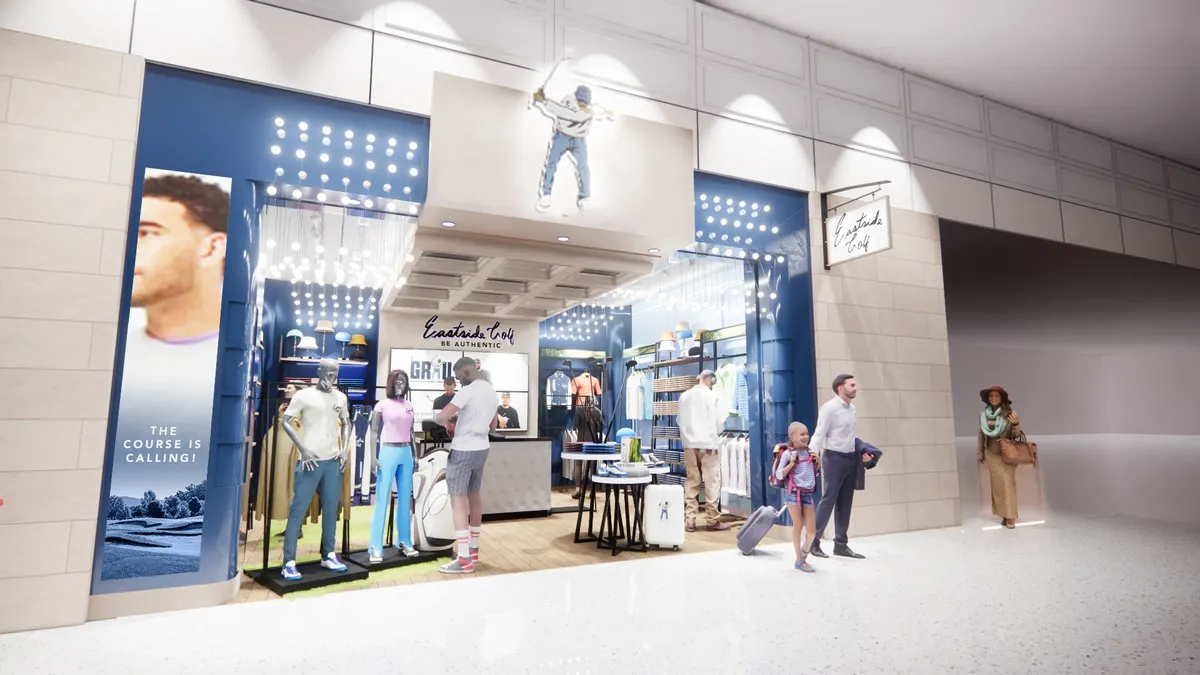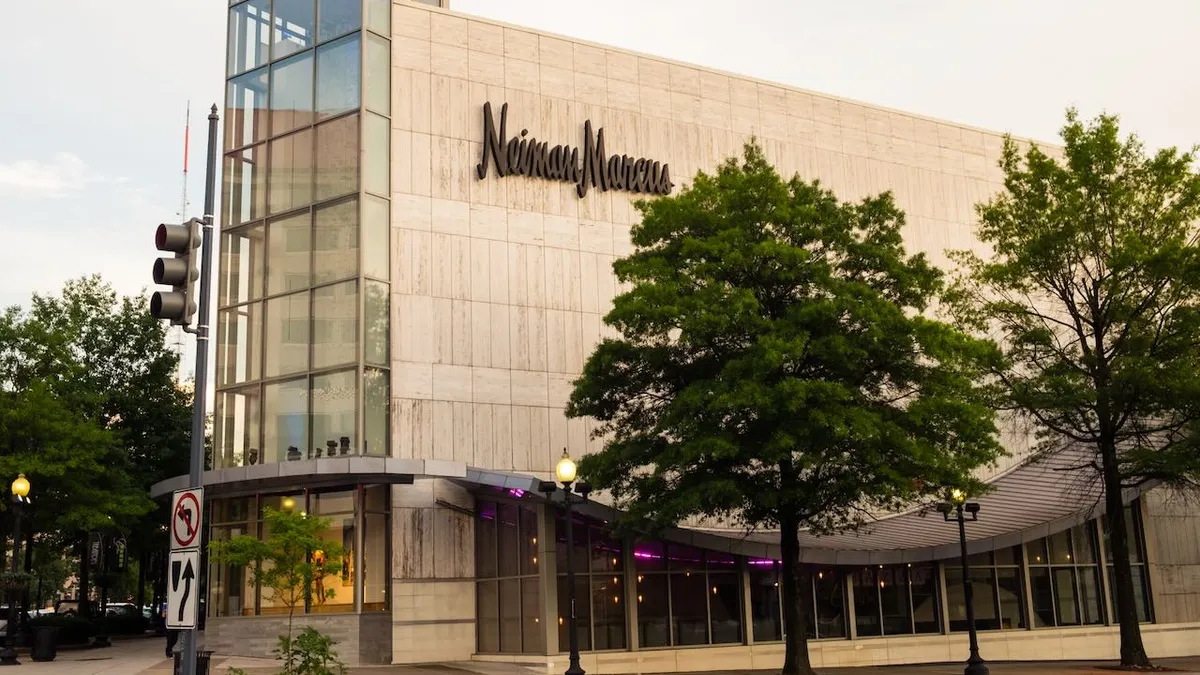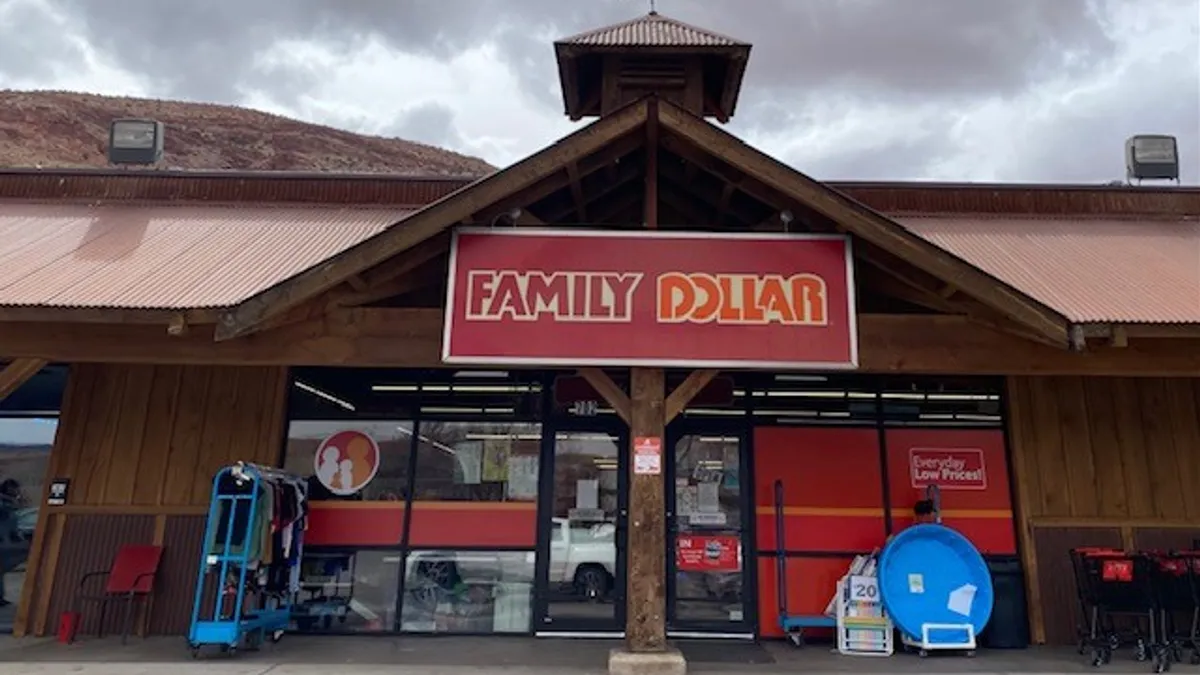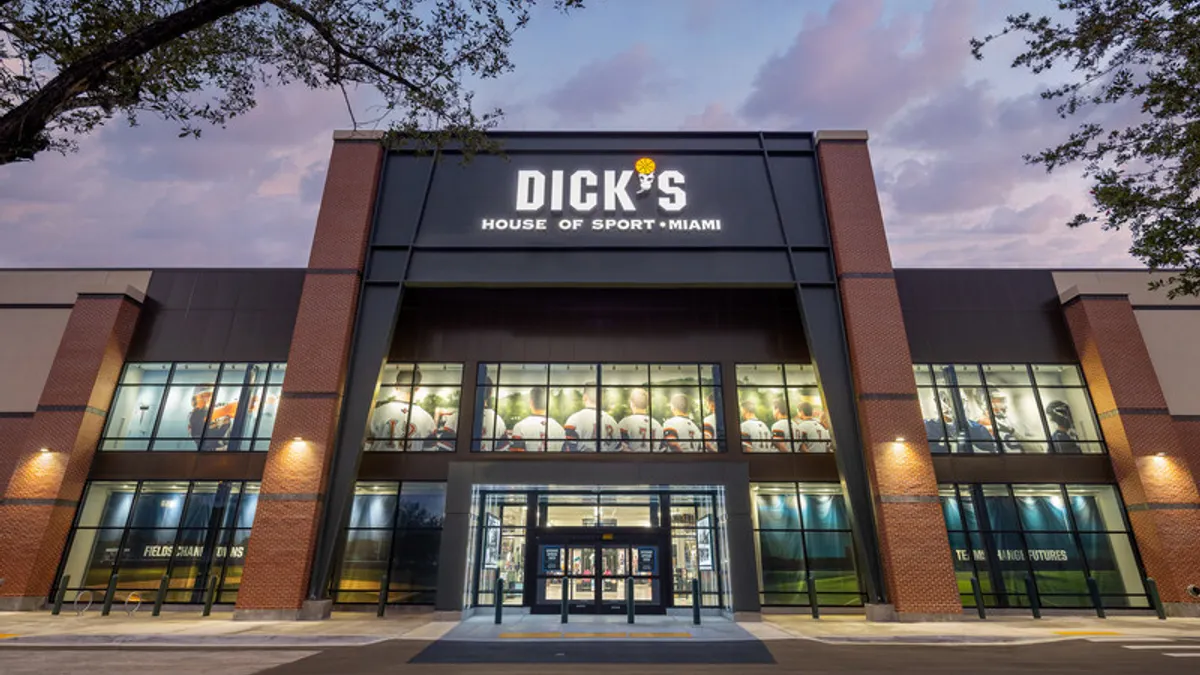The following is a guest post by Brad Fick, president, Direct Source . The views are the author's own.
At its core, today's POS devices still function very much like the cash registers of days gone by. They facilitate and record transactions, provide the customer with a receipt and give the retailer a record of items sold. The move to fully digitize transactions happened slowly, starting with changes to hardware in the 1970s and evolving through the introduction of commercial POS software in the 1990s. Transitioning to software-based POS systems allowed retailers to finally integrate other operational systems with payment and sales data, giving retailers access to new store performance data.
Much of the recent progress in POS systems has been tied to integration — connecting transactional POS data to inventory visibility, outbound marketing and unified commerce systems. For omnichannel retailers, analyzing in-store and e-commerce transaction data together helps shed light on channel and chain-wide performance.
But lately, POS systems, and how customers interact with payment systems and mobile devices in the store, have been changing. From "payments anywhere" to mobile receipt printing, retailers are embracing new formats that enable a better customer experience. Here's what we can expect in 2019 and beyond.
Improved touchscreen systems
Credit card companies have been systematically eliminating the cardholder signature requirement for POS transactions using chip readers, recognizing that it's not a proven way to prevent fraud. It also improves the speed of check out — an attractive feature for shoppers accustomed to "one-click" buying online. PINs may become the preferred second form of authentication, especially for debit transactions. But other digital authentication methods like biometrics are also gaining ground.
Given the recent changes, signature panels and physical buttons on POS systems will become less desirable for retailers looking to upgrade hardware. Many retailers have already adopted touchscreen systems with an alternative method of capturing signatures and PINs using the pin-on-glass approach. Many of today's touchscreen POS systems offer the same capabilities at a fraction of the price of older systems, while also providing a simplistic and modern appearance.
Mobile or fixed payment kiosks
Flexibility and convenience have become important characteristics in the creation of an enjoyable shopping experience — including during the check-out and payment process. In addition, retailers looking to create "quick-sale" displays are looking to integrate payment systems within the display. For example, a retailer highlighting a limited-time fashion line may opt to station a payment kiosk within the display, allowing for faster check-out.
These payment kiosks can be movable, allowing the retailer to adjust its location for special needs such as seasonal displays or times with high traffic. Payment kiosks generally feature a ruggedized or consumer-grade tablet within the kiosk, making these systems cost-effective to deploy and upgrade, and easy to replace if a tablet is damaged or out-of-service. Beyond payments, the tablets can act as an inventory checker, or an access point to endless aisle, creating a one-stop location for shoppers even if an item is out-of-stock in the physical store. Wireless high-speed networks, now in most stores, allow for easy connectivity, maintaining the necessary payment security requirements.
Portable device-based terminals
Further providing convenience for shoppers, retailers are now using compact mobile devices like tablets or smartphones to check out customers from anywhere in the store. The devices connect to Wi-Fi, 3G or Bluetooth networks to provide a quick and seamless checkout from anywhere in the store. They are also extremely easy for employees to learn and use.
For example, the Honeywell ScanPal EDA line of mobile POS devices has the familiar design of a smartphone and runs Android, making it easy for associates to operate. But it also offers a rugged design, necessary to perform in retail environments where it may be handled hundreds of times per day, dropped or subjected to dust or liquids.
Offering the option to make a purchase from anywhere eliminates the burden of transporting large items to a centralized checkout. It also simplifies the shopping journey by enabling a single store associate to help a shopper from the moment they enter the store to the time of purchase. This has become more realistic as cash payments dwindle and shoppers continue to choose credit cards and digital payment apps as preferred payment methods.
All-in-one POS systems
Finding components and configuring the ideal POS system has traditionally been a time-consuming and costly process. However, many vendors now provide all-in-one POS systems to ease the process for retailers. An all-in-one system is an adaptable payment system that can be tailored to meet a retailer's specific business demands with a variety of compatible or interchangeable components such as a cash drawer, magnetic stripe reader, scanner, touchscreen display and receipt printer. Optional add-ons may include swivel displays, fingerprint biometrics or a removable tablet. Upgrading or replacing individual components in an all-in-one system can help retailers maintain uptime for equipment, since most can be quickly replaced by on-site staff or field service professionals.
Hardware-as-a-Service
In the past, most retailers have purchased POS hardware outright. But today, retailers want to upgrade systems more quickly, to take advantage of the latest technology, device security protocols and software programs. This makes purchasing thousands of hardware systems costly and inefficient.
The concept of Hardware-as-a-Service (HaaS) is growing and will be more widely adopted in 2019 and beyond. HaaS allows a retailer to lease equipment for a contracted amount of time. It offers flexibility, allowing the retailer to upgrade as needed and decrease operational spend. It also improves device usability since most HaaS contracts come with built-in service and maintenance agreements. For some, this means that new hardware can be in place overnight if equipment is damaged or malfunctioning.
While these advancements may seem like a costly investment, retailers that upgrade POS hardware can have a very strong position in the market. After all, shoppers have come to expect convenience and simplicity from the store parking lot to the checkout. The evolution of POS hardware is an important stride towards helping retailers meet those expectations.





















